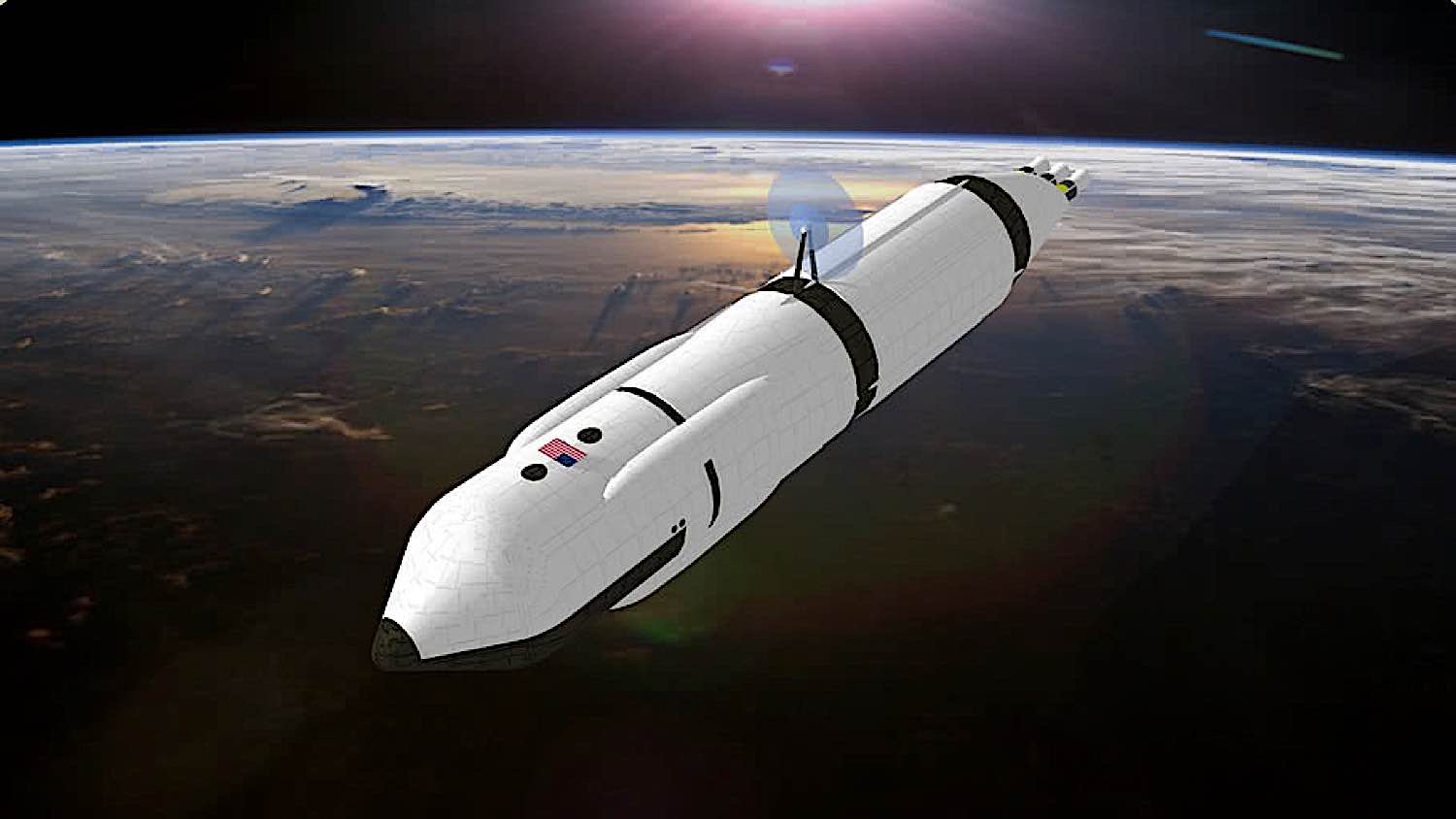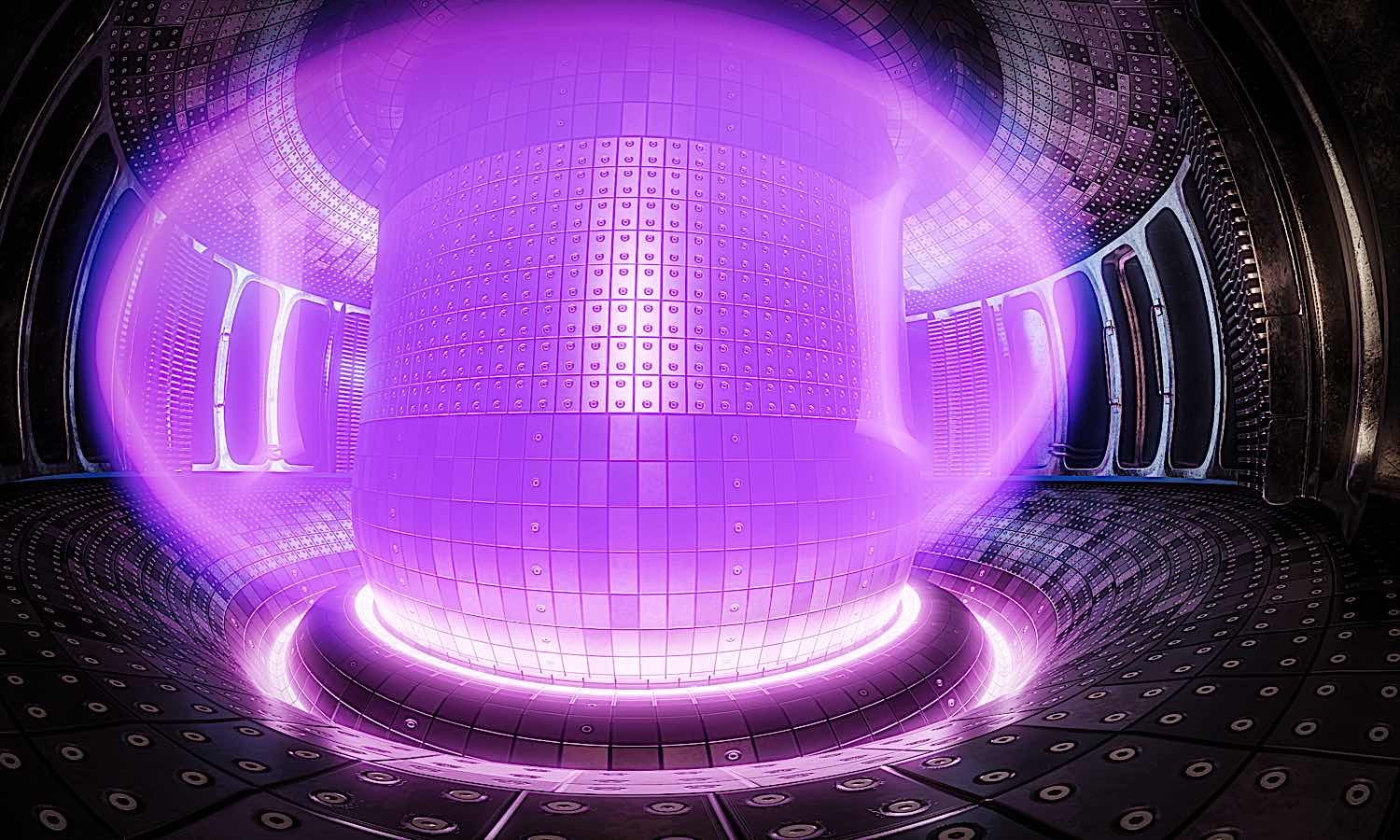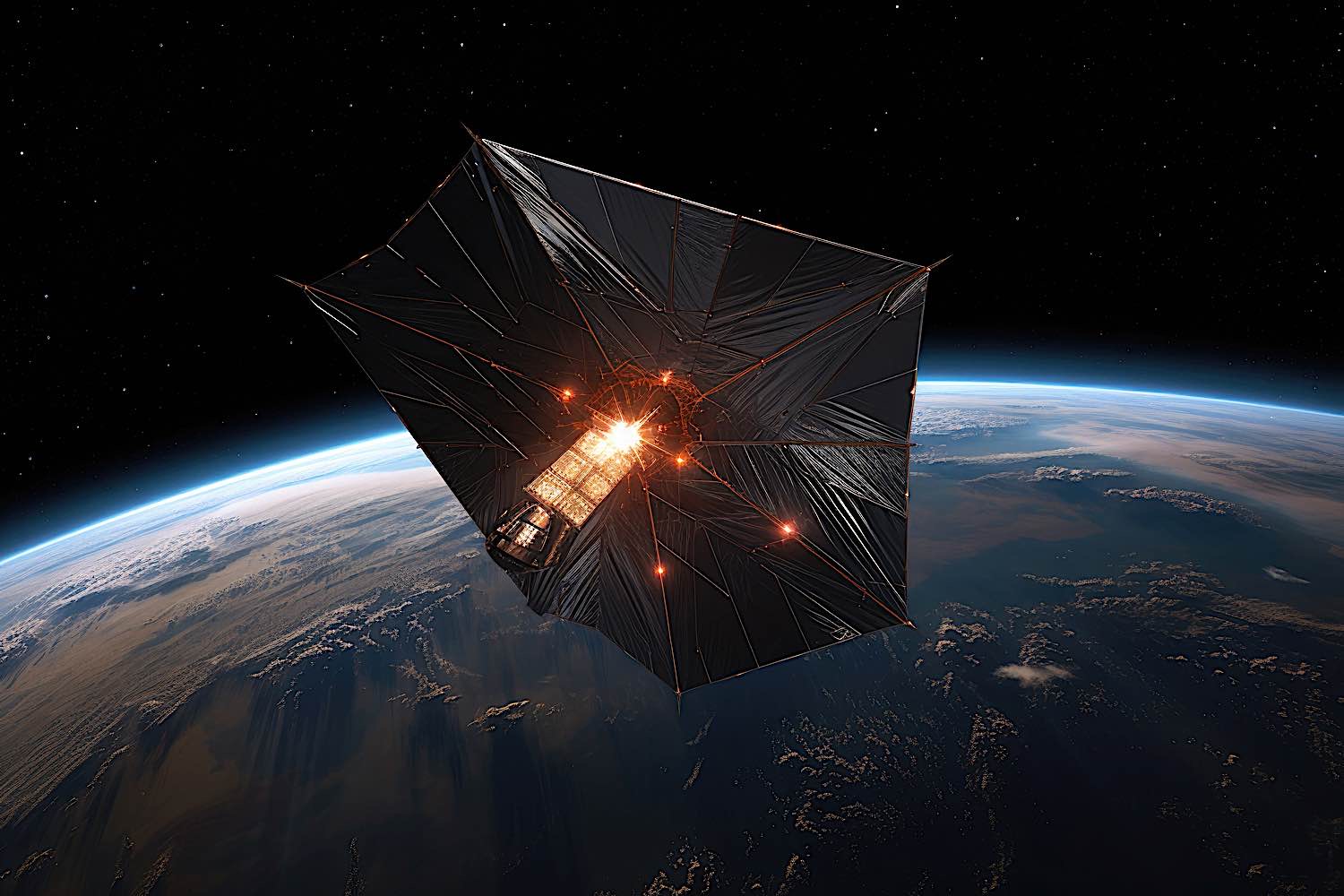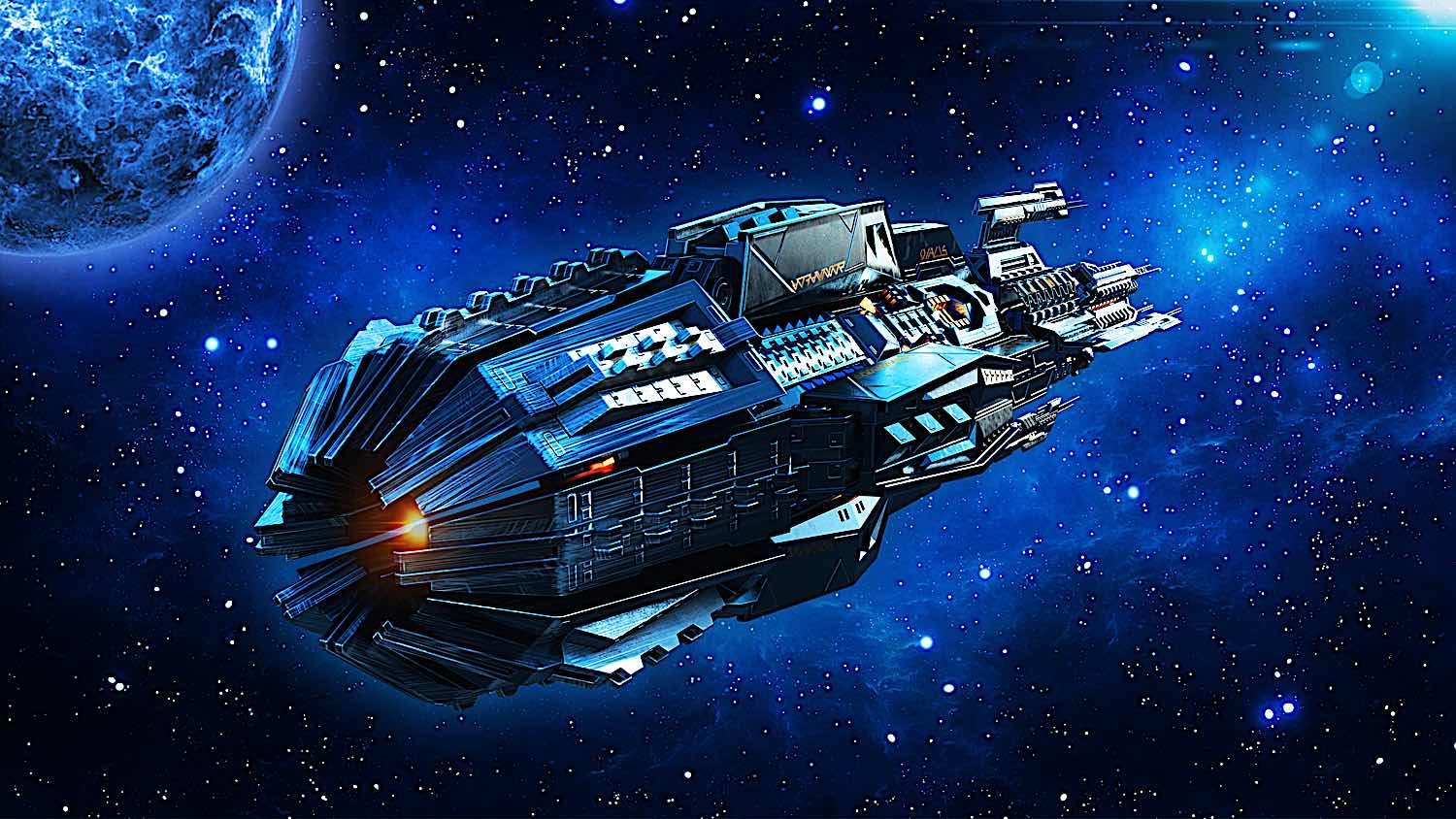Current conversations relating to space exploration are exciting – missions to Mars, the Moon, the outer region of our solar system. There are plans and proposals in the works to achieve all of these yet there are multiple challenges in the way of doing so, propulsion being one of the greatest.
Humanity is fast reaching the limits of what traditional chemical propulsion can achieve. Mars and other deep space missions require propulsion technologies that feature high fuel efficiency, specific impulse (Isp), and acceleration (delta-v), all of which conventional chemical propulsion (CCP) cannot offer.
An assistant professor at the Leiden Institute however, has proposed that future missions may be able to rely on a novel propulsion concept known as the Magnetic Fusion Plasma Drive (MFPD). Professor Florian Neukart introduced this as a method of redefining space exploration by combining fusion propulsion with ionic propulsion and more, with the promise of high fuel efficiency and energy density. [1]

Why the need for advanced propulsion?
Professor Neukart is an Assistant Professor at the Leiden Institute of Advanced Computer Science (LIACS) at Leiden University. He is also a Board Member of the Swiss quantum technology developer Terra Quantum AG.
According to Neukart, the current era of space exploration requires technologies that can surpass CCP in terms of thrust, energy efficiency, and capability for long-duration missions.
Missions to Mars and other locations beyond the Earth-Moon system pose serious risks to astronaut health, well-being, and safety. Even at their closest, the distance between Mars and Earth still takes up to 9 months to travel. This phenomenon, known as a Mars Opposition, only happens once every 26 months. In addition to the return trip and surface operations, a Mars mission could take up to 900 days. [2]
This is just one of many reasons that space agencies like NASA are thoroughly investigating alternate propulsion methods. Some concepts include electric or ion propulsion, which use electromagnetic fields to ionize inert propellant gas (such as xenon) and then accelerate it through nozzles to generate thrust.
However, concepts such as these generally offer low thrust and require serious power sources (such as solar or nuclear energy) to generate the remaining required energy. [3]

Other options: solar sails, DRACO and Deuterium-Tritium
Current options for alternatives to CCP include solar sails, which can generate ongoing acceleration without any propellant. This saves on mass, but missions using this technology will be limited on thrust and have to operate closer to the Sun than missions using other technologies.
Some have posited that Gigawatt-energy laser arrays could be used to accelerate spacecraft equipped with solar sails to relativistic speeds, but this idea needs expensive infrastructure and massive amounts of power to be feasible. [4]
Another contender is nuclear thermal propulsion. NASA and DARPA are already turning this concept into reality via the Demonstration Rocket for Agile Cislunar Operations (DRACO). With NTP, a nuclear reactor heats a propellant (such as liquid hydrogen) making it expand through nozzles which generates thrust. NTP is highly energy-dense, but has several safety and technical challenges that come with handling and launching nuclear materials. [5]
Finally, fusion is also a viable option. Theoretical scientists have been looking into Deuterium-Tritium (D-T) and Deuterium-Helium three (D-He3) reactions for decades as they offer the potential for high thrust and incredibly high specific impulse. However, they do also pose technical challenges such as fuel handling and achieving sustained and controlled fusion reactions. [6]

Why Neukart’s concept is so revolutionary
In an email to Universe Today, Neukart said:
“The MFPD is a propulsion system for space exploration, utilizing controlled nuclear fusion reactions as a primary energy source for both thrust and potential electric power generation. The system is predicated on harnessing the immense energy output from fusion reactions, typically involving isotopes of hydrogen or helium, to produce a high-velocity exhaust of particles, thereby generating thrust according to Newton’s third law.
“The plasma from the fusion reactions is confined and manipulated using magnetic fields, ensuring controlled energy release and directionality. Simultaneously, the MFPD concept envisages the possibility of converting part of the fusion energy into electrical power to sustain onboard systems and possibly the reaction control system of the spacecraft.” [7]
When developing this concept, Neukart began with deuterium-tritium (D-T) fusion reactions. As one of the most researched and well-understood reactions, they offer a basis for elaboration on the core principles and mechanics of MFPD. Neukart also added that D-T reactions were a good “starting point” as they have relatively low ignition temperatures and a higher cross-section than other concepts. This makes them a useful benchmark for comparison when measuring the performance of the novel theoretical propulsion system. [8]
MFPD’s ultimate goal is to harness aneutronic fusion (p-B11), a reaction where a minimal amount of energy released is carried by neutrons. Conversely, aneutronic reactions release energy in the form of charged particles (generally protons or alpha particles), which significantly reduce how much neutron radiation is produced. [9]

The pros and cons of a Magnetic Fusion Plasma Drive
This theoretical system has many obvious advantages such as:
- Energy-dense fuel
- High specific impulse
- Lower mass fractions
- Adaptability
- Dual utility
- Radiation shielding
- Reduced travel time
- Minimized risk of nuclear contamination
- Independence from solar proximity
The main challenge with MFPD lies in achieving and maintaining stable fusion relations in space. Researchers have made notable progress on Earth with inertial confinement fusion and magnetic confinement fusion, but similar experiments have yet to be conducted in space.
As such, there are many doubts surrounding how the system will handle the heat and radiation caused by reactions, and what structural implications this might pose for spacecraft.
Neukart says that ultimately, MFPD research will pave the way toward interplanetary and even interstellar exploration.
“While the journey to realize the MFPD concept will undeniably be layered with challenges and scientific hurdles, the potential payoff is monumental. Achieving reliable, effective, and efficient fusion propulsion could redefine the boundaries of achievable goals, propelling humanity into a new era of exploration, discovery, and understanding of the cosmos. The hope is that the research seeds curiosity, innovation, and determination among scientists, engineers, and explorers across the globe, charting the course toward our future among the stars.” [10]
Sources
[1] – [10]
































